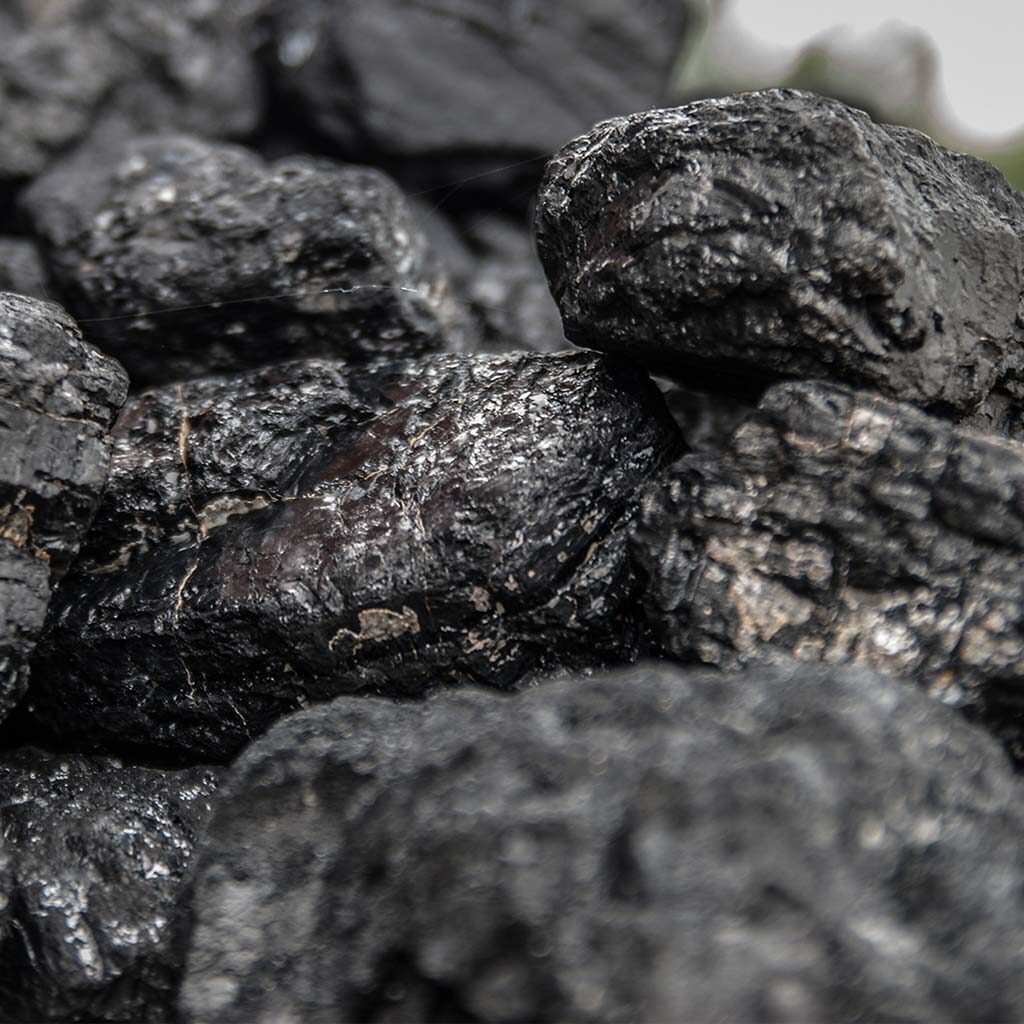
La nuova identità Sistem Air Group
L’evoluzione del logo del Gruppo esprime e anticipa la direzione aziendale determinata dall’espansione in nuovi settori e ampliamento della gamma prodotto

With the worsening of the tragic war in Ukraine and the consequent tightening of European sanctions against Russia, the issue of the need to become independent in the supply of energy has returned to the forefront in Italy too.
But as often happens, unfortunately, in crisis situations the risk is to adopt wrong choices dictated by the need to act quickly. Perhaps only the criticality of the moment can justify even the hypothesis of rehabilitating coal as an acceptable source of energy.
Coal, in fact, is a fossil fuel (still among the most famous in the world) classified as a non-renewable energy source and derived from the slow and complex transformation of organic substances, mostly plants, deposited in large quantities in mainly lagoon, swamp or lake environments.
It is considered the most polluting of fossil fuels as it causes high levels of pollution both in the extraction and transport phase and in the use phase. Particulate matter is the most polluting part of coal. Its particles are not visible to the naked eye, and if inhaled they are harmful because they contain heavy metals such as chromium and mercury.
In Italy, biomass, a renewable energy source, accounts for just over 5% of the country's total thermal and electrical energy needs. Woody biomass, in particular, is still little exploited, despite the increase in forest area in recent years. It is estimated that if Italy were to reach the European average in the production and use of this biomass, replacing natural gas with this production, emissions would be reduced by almost 8 million tonnes of CO2 per year.
In addition, unlike coal mining, biomass can (and must) be harvested in an environmentally sustainable way. In this way, the ability of forests to absorb carbon dioxide would increase rather than decrease. Not only could the amount of biomass used for energy purposes increase by more than three times, but at the same time the amount of vegetation in Italy's forests could increase.
In short, at a time like this when far-sighted and courageous choices are needed, the shortcut of coal cannot take the place of serious and targeted development in favour of biomass and its exploitation through sustainable processes. Not feasible with the world's most famous fossil fuel.


L’evoluzione del logo del Gruppo esprime e anticipa la direzione aziendale determinata dall’espansione in nuovi settori e ampliamento della gamma prodotto

Le energie rinnovabili, come il sole, il vento e l’acqua, giocano un ruolo sempre più importante nella transizione verso un’economia a basse emissioni di carbonio.

La proposta del Libro Bianco di Aiel per abbattere del 70% l’inquinamento da riscaldamento